Co-Working. Podcast Studio. Events
The Climate & Innovation HUB Miami is designed to cultivate a symbiosis between our local & global ecosystem of innovators, change makers & tastemakers to lead the next generation of Regenerative Placemakers.
___________
CO-WORKING | THE REEFLINE

We are extremely excited to introduce the newest addition to our ecosystem of innovators working on changing the future at the Climate & Innovation HUB – Miami as they prepare to deploy their underwater sculpture installations in Miami Beach this Fall!
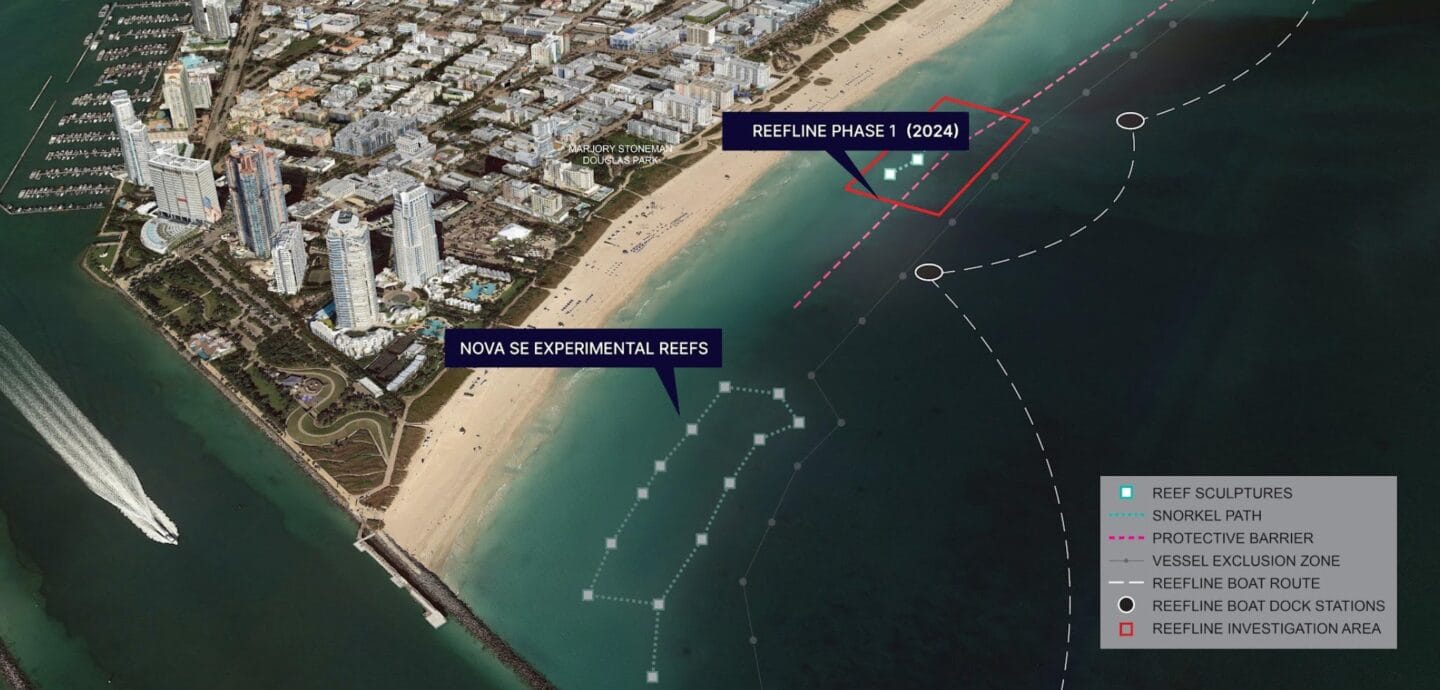
Art as a Tool For Change | The Reefline is a 7 mile underwater public sculpture park, snorkel trail and purpose-built reef +600ft off of Miami Beach ~ launching Fall 2024
Want to book co-working day pass at the Climate & Innovation HUB? Email info@focities.com
___________

PODCAST STUDIO HIGHLIGHTS | Path of the Panther x Wildpath
The Path of the Panther team used our podcast studio at the Climate & Innovation HUB co-working space to record an educational podcast designed to foster human and natural systems learning in children. Through captivating place-based storytelling, interviews with ecologists, ranchers and tribal leaders, and immersive landscapes, young listeners will gain a deeper understanding of the role of the Florida panther as a cultural and ecological keystone species, an organism that helps define an entire ecosystem. Stay tuned for more coming Fall 2024 …
Want to book the podcast studio at the Climate & Innovation HUB? Email info@focities.com
___________
SPRING EVENTS
TASTEMAKERS – Lengua Food Marketing Conference
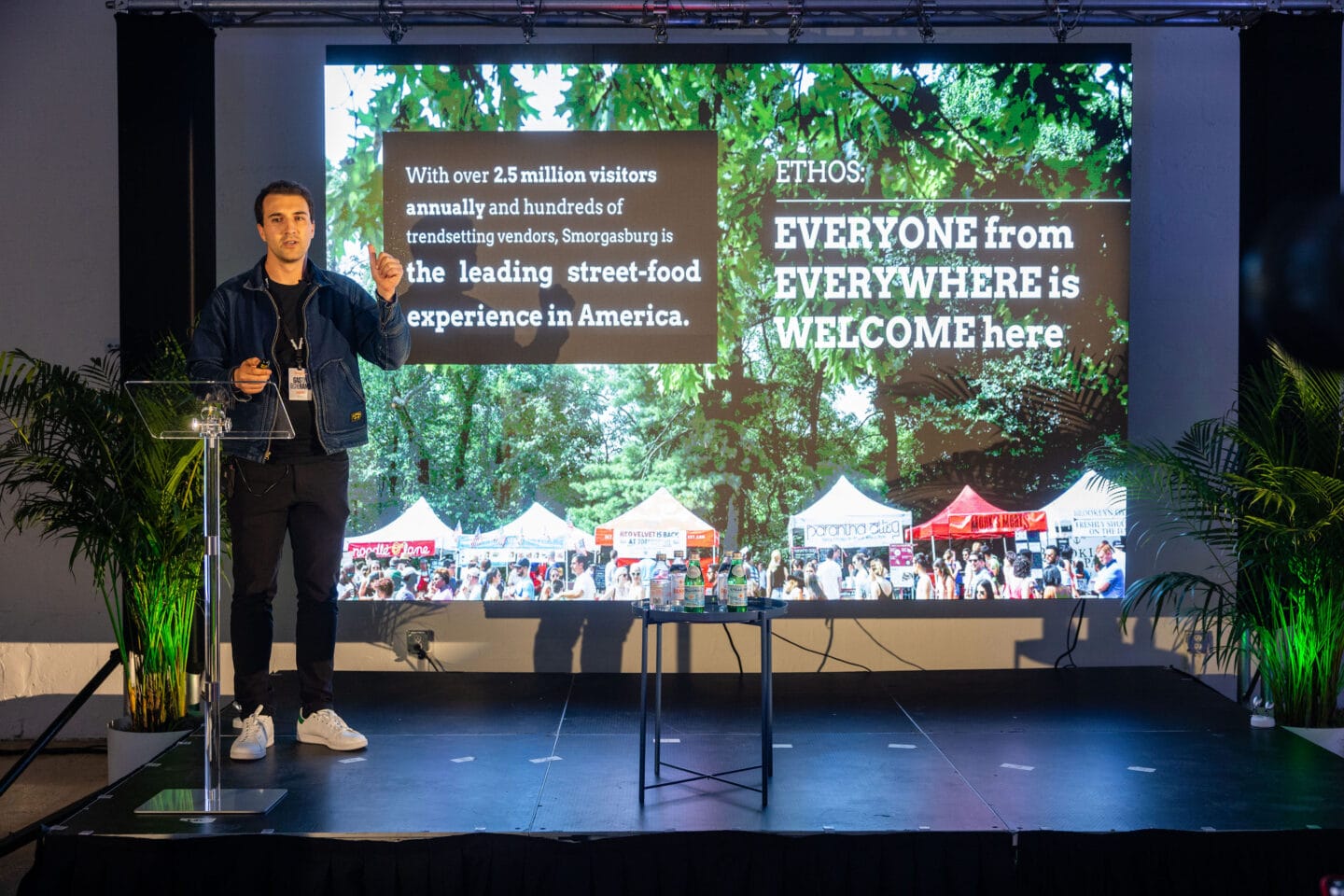
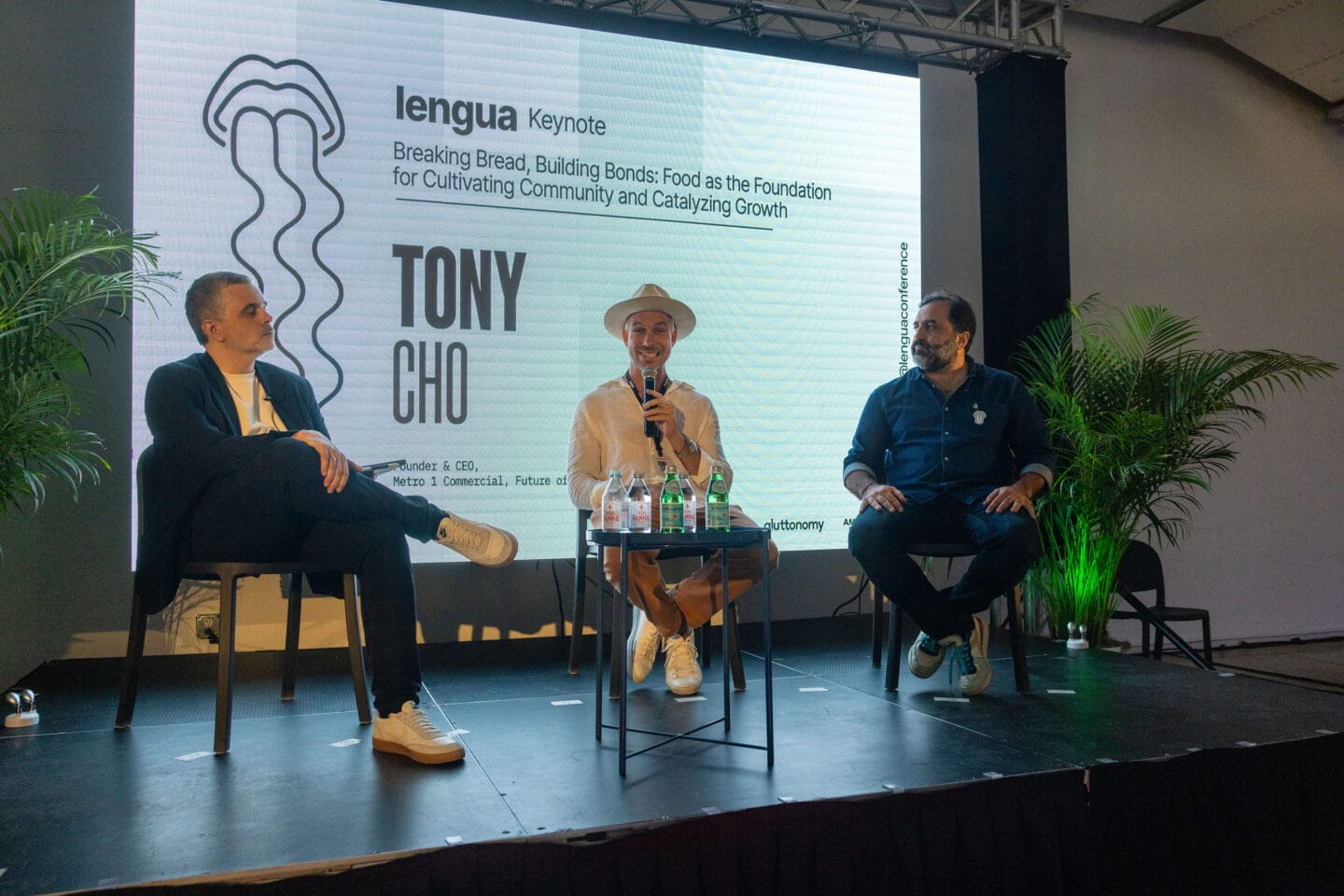
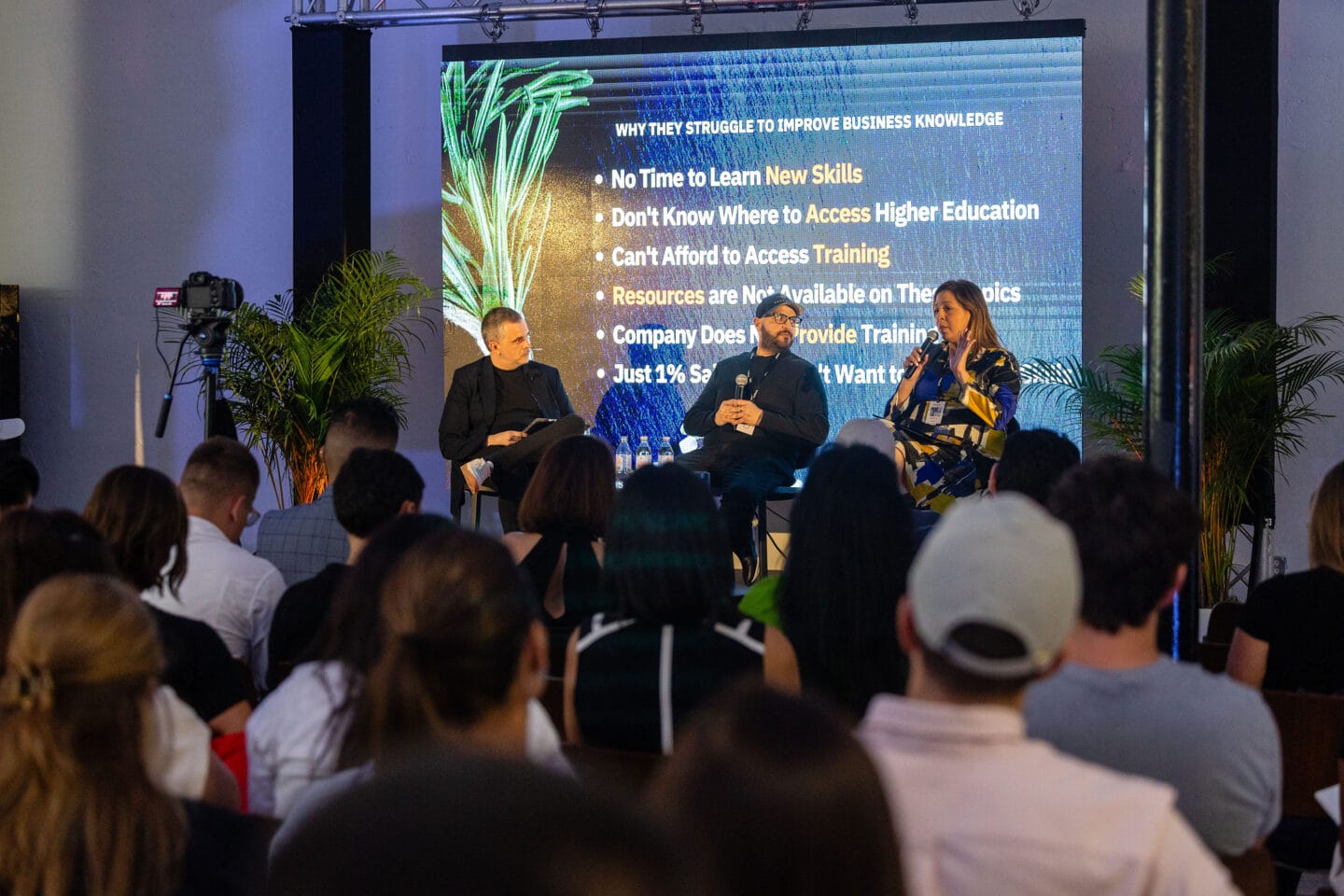

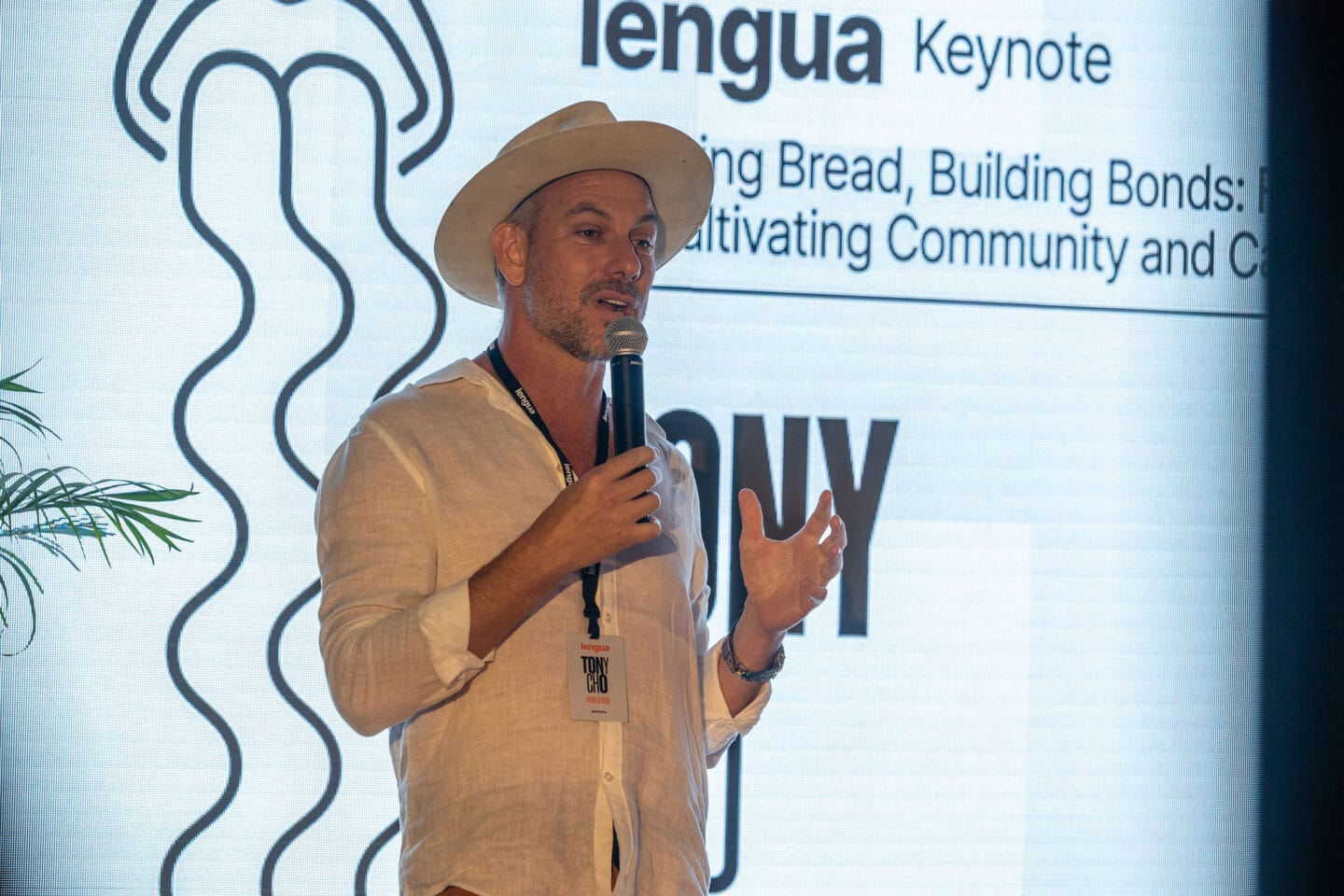
The only place where food industry professionals, chefs, and executives come together to learn about food marketing, financing, and innovation.
MUSIC – UNSiN Music Conference & Festival
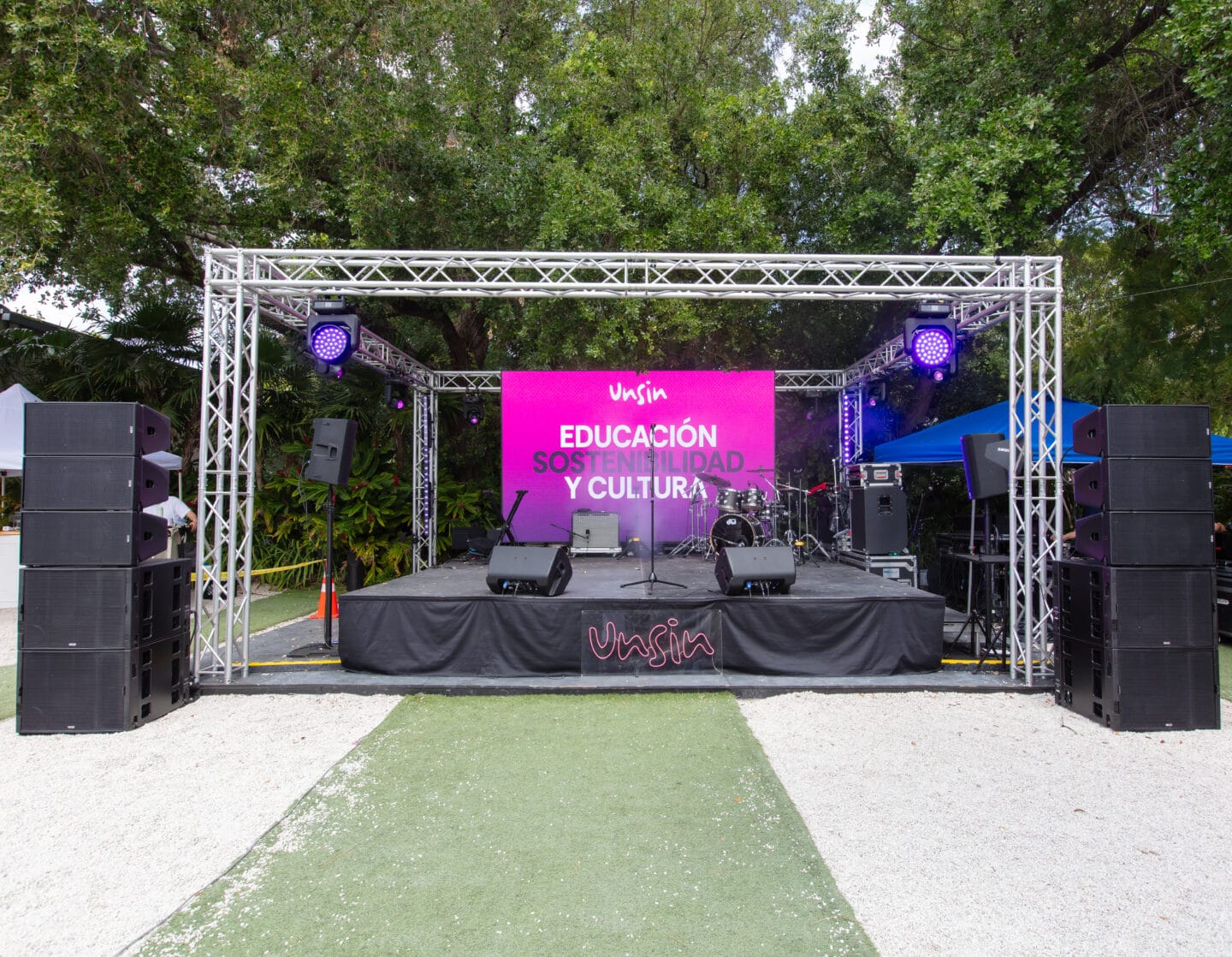
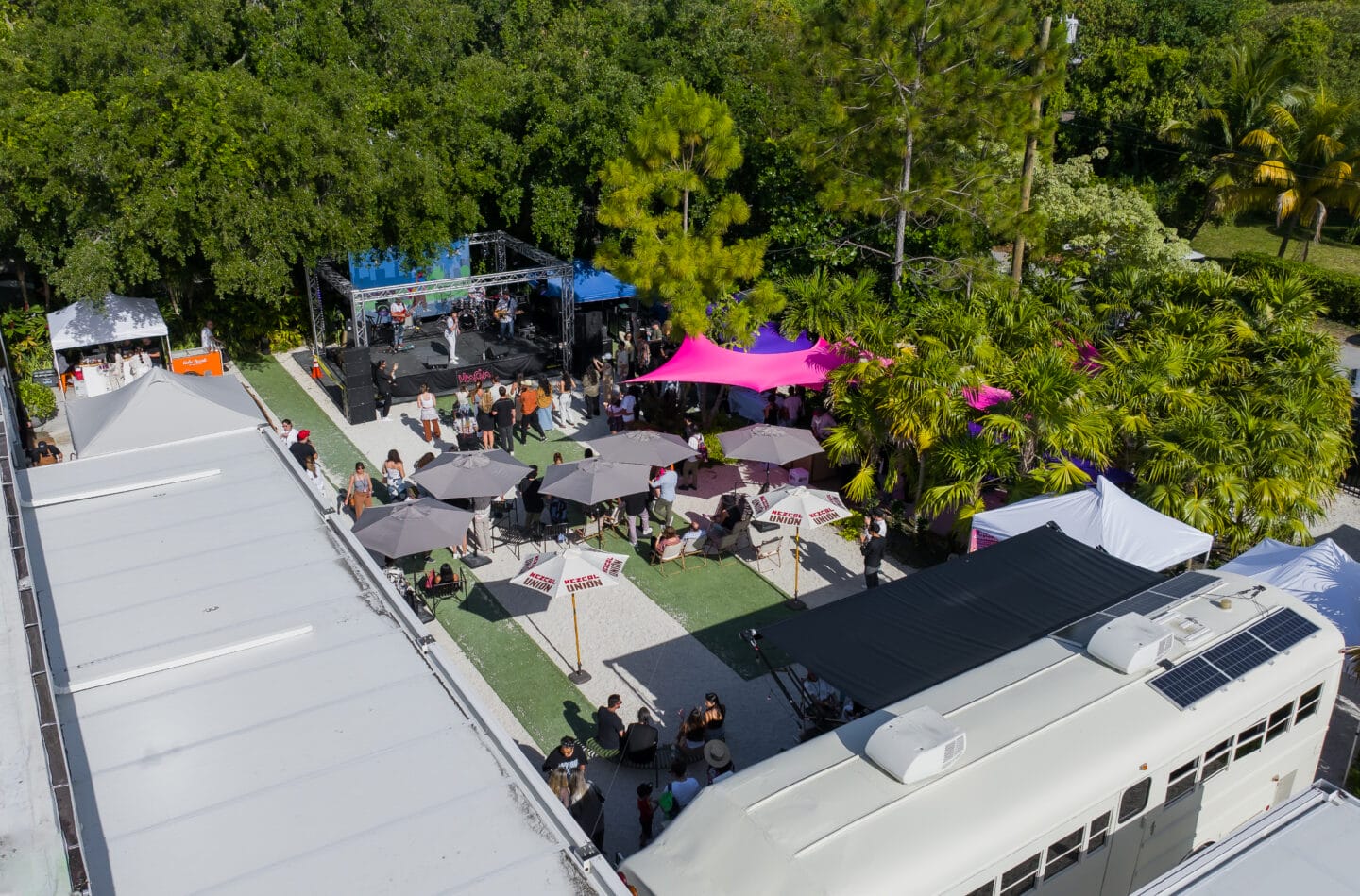
A space carefully designed for creatives, artists, executives and entrepreneurs to know each other, connect, appreciate and grow as a community
Watch the Full event recap HERE
WELLNESS – Mindvalley Health & Body Summit (Virtual)

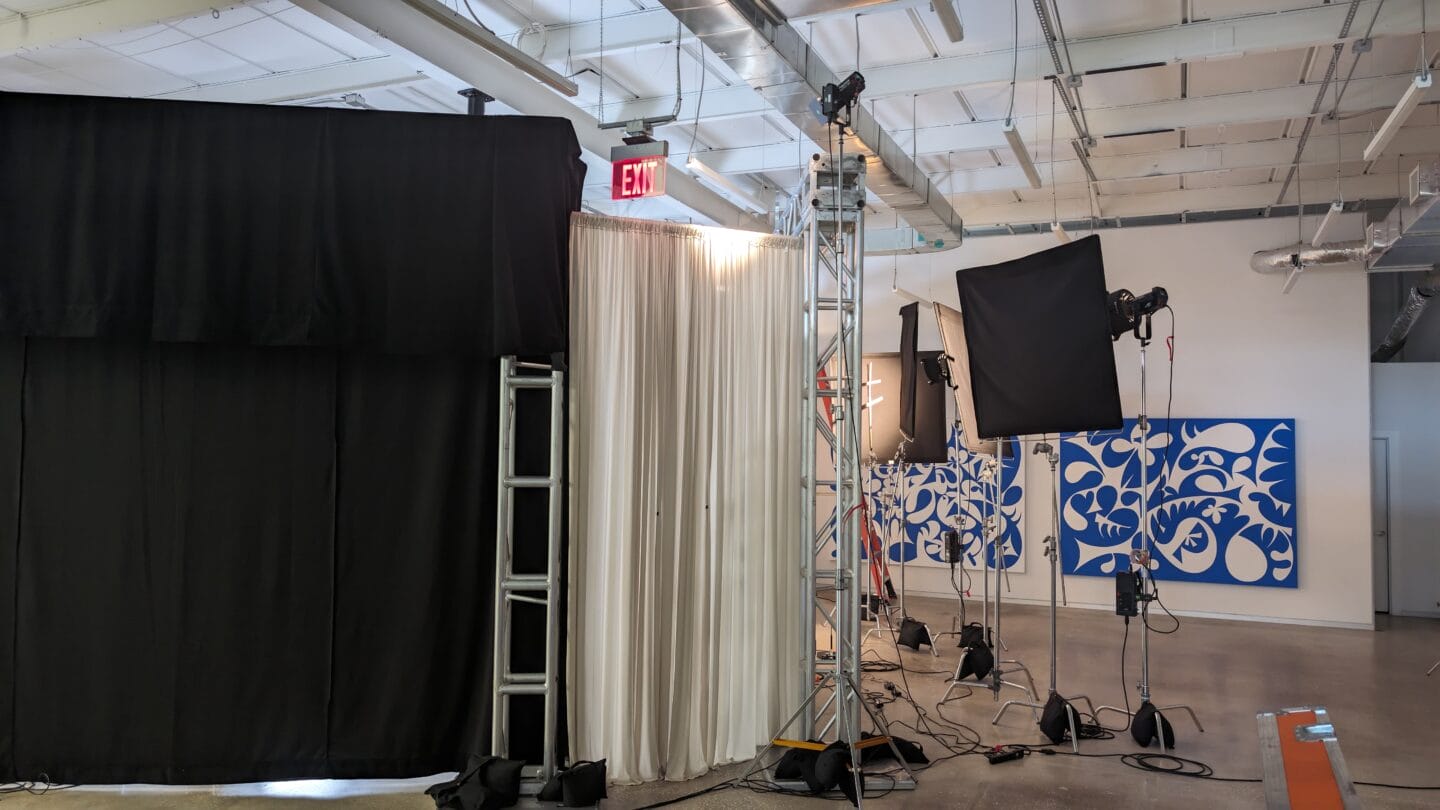
A 3-Day Deep Dive With the World’s Best Health, Wellness & Longevity Experts
Looking to book an event at our Regenerative Event Space at the HUB? Email events@thehubmia.com
SUBSCRIBE TO THEHUBMIA.COM
by Alexandra J Tohme and François Alexandre
With rapid growth happening in the urban cores of Jacksonville and Miami, local leaders highlight the need to bridge culture, arts, community knowledge and economic opportunities — for better outcomes for all, cultural celebration & thriving cities.
On Saturday, November 18, Future of Cities (FOC) in partnership with Stratosferica, held the first US edition of the city-making summit, Utopian Hours — hosted at our Climate + Innovation Hub. The “city-making festival” was dedicated to dynamic discussions and engaging debates on urban development, and strategies for cities and the built environment — gathering developers, placemakers, city officials, researchers and architects and more, from the United States, Italy and around the world.
Multiple panels were presented, ranging from the “feminist city” with urban anthropologist Katrina Johnston-Zimmerman, to placemaking and citizen making in Turin Italy, to “maximizing public space’s potential in New York City” with Ya-Ting Liu, to National Geographic Explorer Alize Carrere’s “introduction to climatopias.”
FOC held the Regenerative Placemaking Panel, moderated by Alexandra J Tohme —which zoomed in on local approaches to community uplifting development, challenges from brain drain to displacement and economic exclusion, and presented strategies for equitable growth. The speakers bridged global perspectives from Haiti to the Arab World to South Florida.
Panelists: François Alexandre, Founder & Director of Tapari1804; Emily Moody, Director of Community Engagement, Phoenix Jacksonville Arts + Innovation District (PHX-JAX); Tanya Watts Director of Neighborhood Affairs PHX-JAX moderated by Alexandra J Tohme Director of Regenerative Placemaking FOC.

Overall, the community leaders stressed the importance of preserving the dignity of communities undergoing change: “the most important ingredient, to all our efforts is: dignity” said Alexandra. Dignity for the development of the project and its lasting impact, and for all those involved and at stake. This involves uplifting community members with decent services and decent housing. Projects should not jeopardize urban living and livelihood for local residents, but rather should provide, in the words of François Alexandre: “A hand-up, not a hand-out.”
Alexandra spoke to her experiences listening to local communities facing extreme hardship when she worked in refugee camps, and the humility required in this approach — as some of the brightest ideas and most innovative strategies are found within the community members and youth themselves. This extends to the local experiences of our Florida based panelists — with the community leadership of François Alexandre, representing Little Haiti, Miami and Tanya Watts and Emily Moody representing Jacksonville’s neighborhoods of North Springfield and the Eastside.


Emily Moody, third generation Jacksonville resident and Director of Community Engagement with PHX-JAX, has been a cultural pioneer and supporting the arts movement to gain traction and momentum by working with local artists, including through activations such as mural festivals and creating outdoor art galleries. Emily also highlighted the need for rent control of art studios to prevent the displacement of artists as property values rise — a point to which Alexandra emphasized that the attraction of new residents and visitors to Jacksonville should be coupled with supporting the existing arts scenes to flourish during this growth.
Among other initiatives by the PHX-JAX District, Tanya Watts discussed how property trainings and tax assistance help residents remain in their neighborhoods amid development.

Tanya Watts, Director of Neighborhood Affairs for PHX-JAX, echoed a sentiment raised by François Alexandre on the importance of the culture and the community of the neighborhood, “to make sure they are bridged together and not overlooked — partnering with existing community leaders doing important work, such as Suzanne Pickett of the Historic Eastside CDC — one of oldest historic black neighborhoods in Jacksonville, FL.”
Tanya highlighted many important points including the need to be cognizant of which communities are affected by projects, and how to make sure growth is happening “not to the community, but with the community,’ a point emphasized by François in describing the needed shift in perspective to uplifting communities instead of imposing changes upon them.
We look forward to ensuring that our programming can then take off to build our arts & culture, youth job creation & food security and community initiatives.
“Friends of Phoenix is a new non-profit we have launched,” announced Emily, and one of the pillars to support the mission is “to keep artists in the neighborhood, keep them working and hopefully provide a livable wage to support the flourishment of the neighborhood, and wider city of Jacksonville.”
FOC’s new nonprofit endeavors in Little Haiti and Jacksonville are currently raising funds to support the programming that these community leaders have developed thoughtfully and after deep engagements, consultations, and shared activations in the neighborhoods with local residents, artists, entrepreneurs, and youth.


François Alexandre drew attention to the 50th anniversary of the boat people’s migration from Haiti, and that the community takes pride in commemorating its resilience in its historical journey. François expressed his commitment to fostering positive change, understanding the needs of the community, and bridging gaps between various sectors.
Born in Haiti and raised in South Florida, he shared insights into the transformation witnessed in Little Haiti, Miami. The time has never been more crucial than now for co-creation of projects with and by people and groups within the neighborhood. He envisions a collective effort to create a future that caters to the well-being of everyone involved.
François gave a shout out to another speaker and legendary place-maker, systems thinker and practitioner, Scott Francisco, who spoke later that day on his own panel (check out our interview piece with him here about tropical timber harvesting.) What Scott is doing, François emphasized, is a tangible example of the efforts needed:
“He is putting value into communities, indigenous and local family livelihoods, and then that values goes back into the market.
If we could do that in every area, in every neighborhood, then its not just putting value into a coin and turning it into a dollar, but putting value into people, into local businesses, and transforming that into equitable and sustainable lasting economic growth, growth that has resiliency built in and can better withstand shocks, because it puts people, residents and communities at the core.”
Events such as Utopian Hours are important, as François emphasized that gatherings such as this summit bring together “thinkers that envision and work towards what the future looks like for all of us, not just the haves or have-nots, but for all people to move forward. What does it look like collectively, to regenerate a society that we are all part of and cares for all of us?”
~
Become a Regenerative Placemaker and join us in co-creating the future of cities with us as we work together towards a more regenerative future.
Subscribe to our newsletter at focities.com to get involved, email me at: ajtohme@focities.com and follow us on Instagram.
Future Of Cities Medium Blog. Learn more about the Tapari + Future of Cities Collaboration Project on youth empowerment, storytelling and Haitian culture.
To see the photo album from the Utopian Hours City-Making event, see the VACO Studio album here!








A Conversation with Scott Francisco on a new NY State Bill & tropical deforestation
Regenerative Placemaking Demonstration Series
by: Alexandra J Tohme

As the world faces complex environmental challenges so interlinked to production and consumption, the conversation around deforestation has gained significant momentum. Future of Cities sat down with Scott Francisco, the founder and director of Pilot Projects Collaborative and co-founder of Cities4Forests, to discuss the New York State Tropical Deforestation Free Procurement Act, the main causes of deforestation, our consumer choices, and how cities can actively engage with forests and forest communities for a regenerative future.
Our conversations began in Switzerland, at a small conference called the Klosters Forum that brought together built environment practitioners, designers, architects and academics in a collaborative setting high up in the mountains outside of Zurich.
As Future of Cities connected with new strategic partners, I decided to follow up on a post that caught my attention on Scott’s LinkedIn, about the New York Bill S 4859.
Interviewing Scott gave me insight into a fascinating market and unique global network connecting indigenous and local family-run forest harvesting communities — to major cities. From Guatemala to Gabon, Mexico and the US — there are regenerative practices being implemented to offer timber as a low-carbon substitute for construction and architecture, while supporting the biodiversity and forest restoration of tropical landscapes.
The discussion in this article seeks to bring light to the cross-sector cutting issue of tropical forests — of prominent importance to demonstrate innovative solutions that hit many positive outcomes for people and the planet.
Long-term relationships are being built across borders and continents — connecting rainforest communities with scientists, architects and city-planners. We hope the new New York State Bill takes this into account.
Scott Francisco’s 30+ year career and passion for Wood and Forests

Scott Francisco introduced himself as an architect with a deep passion for wood as a construction material. He remembers how his undergraduate thesis involved creating an all- plywood house, a concept seeming bizarre at the time in the 1990s but foreshadowing the current excitement for mass timber buildings.

His love for wood led him to consider the larger role of forests in urban development: Can we use wood as a low carbon substitute for concrete and steel, and at the same time protect larger areas of forest from deforestation? Think of a park bench or office building made of wood, instead of concrete, and the forest supplying the timber given a secure future as a result. This opens many possibilities for other architecture & construction using wood to become investors in the future of forests and cities.
He co-founded Cities4Forests, a global network of cities working towards integrating forests into their climate action plans.


The New York State Tropical Deforestation Free Procurement Act: Explained
Francisco dove into the New York State Tropical Deforestation Free Procurement Act, a bill aimed at curbing deforestation’s negative impacts. The bill prohibits government procurement contracts from including any products associated with deforestation. However, there was a crucial issue — the bill treated all tropical timber equally, regardless of its source or regenerative practices. Poor timber management practices, including illegal and high intensity logging and some monoculture industrial timber plantations, do drive deforestation in many tropical forests. But it’s not the whole story.
“The main drivers of deforestation are the industrial-scale production of beef, soy and palm oil,” said Francisco, primarily in tropical regions, highlighting the growing global commodity and demand for palm oil over the past 15 years, which has resulted in large areas deforested in Indonesia. Beef and soy are similarly destructive in the Amazon.
We at Future of Cities are big advocates and practitioners of biodiverse, small-scale family farming, social forestry, regenerative soil agriculture. The way in which we grow our products and crops deeply affects so many other areas of our lives, health and the planet.

Conservation Timber: A Sustainable Alternative by Local Communities
Scott explained the concept of “conservation timber,” wood harvested sustainably in low volumes from community-managed forests. This approach offers local communities an alternative to deforestation while ensuring biodiversity conservation.
As we focus on regenerative placemaking solutions at FOC — it is so powerful to learn about these methods that allow the forest to regenerate, through active community engagement.
Recognizing and promoting conservation timber and other forest products by local communities is critical for healthy ecologies and economies.
Thousands of families rely on a sustainable harvest of timber as their primary livelihood, to support their children and communities. It didn’t seem right or logical to draft a bill that blanket-prohibits all kinds of timber in government contracts regardless of whether or not they are good for the communities and the forest, or what the outcomes will be.


He suggested an amendment to the Bill that specifically states criteria based on management practices that maintain healthy biodiversity, and are economically productive so that those same communities have an alternative to having their forest completely cut down.
One example of such a definition for this criteria could be Forest Stewardship Council (FSC) certification, the broadest and most robust global certification program for timber. FSC certified timber could be a requirement that is added and adjusted in this Bill.

He emphasizes that we can look at timber harvest the same way you would for chocolate or coffee production — two wonderful commodities that also come from tropical forests. There are two ways to harvest: clearcut monoculture that destroys biodiversity and nature-based livelihoods, or regenerative models that rely on shade and rich biodiversity and therefore keep forest landscapes intact.
Imagine if the State of New York decided to purchase only shade-grown bird friendly coffee for government employees that comes from these biodiverse landscapes?
“Just like coffee can be terrible or wonderful for a forest landscape, so can timber be terrible or wonderful.” Francisco said, his passion clear throughout his thoughtful analyses.

Advocacy at NYC Climate Week + A Guidebook for Developers
“So what can we do?” I inquired, asking about the tools for advocacy and awareness to protect these indigenous-model systems of local and regenerative forestation for construction and urban development. While this bill is still sitting with the governor, he encourages people to engage in constructive discussion and connect to government representatives, notably with NYC Climate Week coming up next week. He encourages engagement with his LinkedIn post, welcoming comments, revisions and feedback to the points he outlined in a letter to the Governor.
Francisco has also co-created useful tools such as the Forest Footprint for Cities, which helps cities track their tropical forest (and climate) impact, and invites us all to check on our cities and use data tools like this in our work, education, and policy advocacy.
Pilot Projects has developed a Sustainable Wood for Cities — a detailed guide for city governments, and private sector group (architects, engineers, developers) to evaluate the sustainability of their wood options, the source and production process, “we call them pathways that can guide you towards higher level of sustainability in your wood choice.”
It’s free to use and anyone can access it at citywoodguide.com
Francisco and I ended the conversation recognizing the value of activating a positive relationship between the rural and urban landscapes to mutually support each other:
“We have to activate cities to be proactive with their rural counterparts.”
To conclude with an excerpt from Scott Francisco’s message:
“Time, science (and satellite photos!) have clearly shown that management by local community residents is the best way to ensure that these forests are intact and healthy decades and centuries later. The businesses that these communities create keep the brightest, most dedicated young people working in these forests, and allows for generational knowledge-transfer over the long term.”
Major conservation organizations like Wildlife Conservation Society, Rainforest Alliance, World Wildlife Fund, Conservation International, U.S. Forest Service, USAID, The Nature Conservancy, and hundreds more, support community-led conservation timber enterprises.
We hope that the great State of New York will too.


Join the regenerative placemaking movement: Subscribe to our newsletter at focities.com to get involved, email me at: ajtohme@focities.com and follow us on Instagram.
Get in touch with Scott Francisco: scott@pilot-projects.org to learn more about tropical forests and forest communities around the world and follow @partnerforestprogram and @cities4forests.
By: Ochuko Okor
Introduction
The affordable housing crisis in the US is an issue of national concern. Across the country, a large percentage of low-income earners are faced with high costs and a dwindling supply of affordable homes. No state in the US has enough affordable homes to meet the demand of low-income renters and housing costs continue to rise faster than wage growth.
In Florida alone, there are 531,397 extremely low-income (ELI) renter households with a ratio of 28 affordable rental units per 100 ELI households (SOURCE: NLIHC). According to the National Low Income Housing Coalition (NLIHC), there is an estimated shortage of 6.8 million affordable rental homes for ELI families/renters. These numbers are concerning given the established link between housing and building intergenerational wealth, bolstering economic growth, and reducing childhood poverty. The lack of affordable housing in communities can have a host of negative impacts on the community’s social and economic abilities.
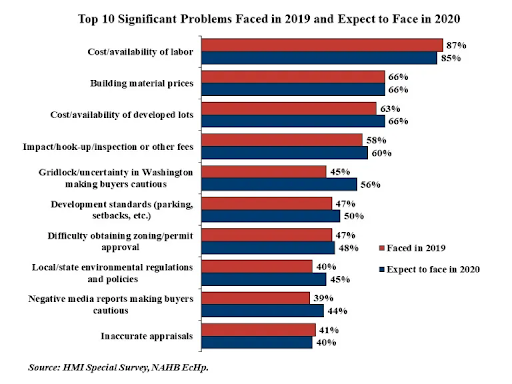
The Problem
The NLIHC reports a loss of approximately 2 trillion dollars in low wages and productivity due to a shortage of affordable housing. This begs the question: why is there a shortage of affordable housing? The answer is multifactorial, ranging from the cost of labor and construction materials to low wages and rent surges to zoning and affordable housing laws.
Housing Shortages
Cost of Labor and Construction
The cost of labor and construction materials have been rising exponentially since 2009, making affordable housing expensive to build. This has only been compounded by the Pandemic and a series of natural disasters, leading to our current hyperinflation situation. According to the National Association of Homebuilders, the cost and availability of labor were reported as a significant problem for 82% of builders in 2021, compared to 13% in 2011. The shortage of construction workers has been an ongoing problem, as the labor force has not been able to recruit and retain the skilled labor force needed to meet the demand of more than half a million skilled workers.
On the other hand, the producer price index (PPI) of raw materials used in construction has risen an estimated 24% since 2008 according to the Bureau of Labor Statistics. Residential developers are focusing on the luxury housing market which provides a high-profit margin. When these developers construct ‘affordable’ housing, the prices are marked up because the housing demand exceeds supply.
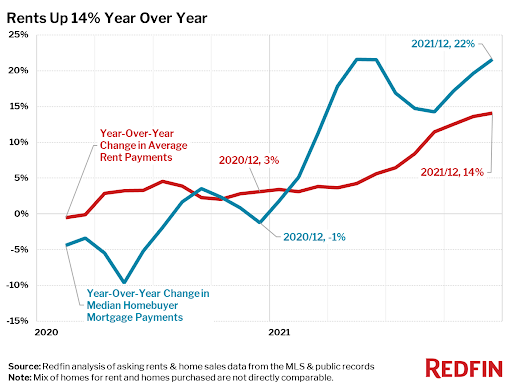
Housing Poverty
Funding Vs Income Vs Rent
One of the major glaring causes of the affordable housing crisis is the inability to afford rent and sale prices of homes. According to a Redfin survey, the average year to year rent prices experienced a surge of 14% bringing the national average monthly rent, as of December 2021, to $1,877. Major metro areas saw a rent increase of over 30%. Austin, Texas rents increased by 40% bringing the average monthly rent in Austin to $2,290 in December 2021. A household making $50,000 per year in this market would be forced to pay 55% of their income on monthly rent. In addition, these prices do not include the extra burden of the cost of transportation, feeding and other services for daily sustenance. This household would be described as cost-burdened.
The NLIHC defines a cost-burdened household as one that spends 30% of their untaxed income on rent and utilities, which accounts for about 45% of households nationally. 70% of ELI families and households in the US are cost-burdened as they spend more than half off their income on rent. There are numerous existing housing programs that are designed to assist low income families financially, but many of these programs are underfunded, as a result, they are not able to efficiently provide financial assistance to all who come to them. In fact, 3 out of 4 low income renter households in the U.S. that need assistance, do not receive it.

Zoning Laws & ‘Not In My Backyard’ (NIMBY)
Zoning laws place artificial limits on when and what kind of property can be built either by restricting certain factors such as the height of the building, parking spaces, or development of housing types (i.e. multiple family units, etc). These zoning laws have historically and disproportionately affected low-income and minorities from access to affordable housing by driving up property values, increasing construction costs, and creating a decrease in supply. These laws continue to fuel gentrification and force a spatial distribution of people and jobs. Behavioral characteristics like ‘not-in-my-backyard’ driven by community opposition to affordable housing developments creates a stigma for affordable housing and have caused a hindrance in where affordable housing units are located or built.
Natural Disasters
Natural disasters have a huge impact on the housing market; it contributes to disruptions in the supply chain, labor shortages and shortages in essential construction materials. Natural disasters have increased in frequency and intensity due to climate change. According to CoreLogic’s 2021 climate change catastrophe report, 1 in 10 US residential homes in the US were affected by natural disasters. This means a large number of homes were either destroyed or in need of reconstruction as a result of natural disasters like hurricanes, tornadoes or flooding. These events have also caused the rise and fall of rent prices in affected and neighboring areas.
The Solutions
Increased Funding and Wages
It is clear that there are numerous contributors to the lack of affordability of homes, and a simple increase in the supply of housing units will not be enough to curb the existing issues. An evident step is to increase employee wages to compete with rising market prices. Cost of living varies differently from city to city but with the national average inflation rate rising by 4.7%, goods and services are not getting any cheaper. Higher wages will help increase a household’s financial freedom.
Another approach is to invest in innovative ways to create and sustain financial subsidies to cover either a fixed percentage of housing rent or other costs. For a local level variation of the housing choice vouchers or Section 8, there can be community-level housing choice vouchers that are co-funded through private and public partnerships. Co-partnerships in financing housing programs can raise the potential of catering to more households in need of financing. It can also empower and support families to seek out affordable housing opportunities and usher them into an equity position.
Housing Stock
The housing stock needs to be populated with various housing types that can contribute to the reduction of the cost burden on low-income households in general. Concepts like row houses, and the missing middle housing, which introduces buildings like triplexes and fourplexes, will allow for the creation of denser and compact housing units within high-demand areas. Manufacturing and prototyping housing concepts like 3D printed homes and modular units can be explored to reduce the dependency on the typical raw materials used in housing construction like lumber. Multiple housing concepts like these allow neighborhoods to cater to different types of households while offering varying prices to families.
“The government has an obligation to provide financial support to everybody to find good housing, whether they can afford it on their income or not.”
– Jenny Sheutz,
How To Fix America’s Broken Housing Systems Podcast
YIMBYism & Equitable Access
It is clear that existing housing ordinances are not functioning appropriately, and they need to be revamped to equitably work for all people. The rise in housing prices and unequal spatial distribution of employment has accounted for social and economic inequalities. Many jobs tend to be in metro areas, which are surrounded by overpriced homes due to proximity to downtown amenities. Rapidly developing urban centers attract higher income households; this forces lower income families to move out to more affordable areas, which are typically in suburban areas. A large number of people move outside to areas where there’s not enough housing units built for the large inflow of cost burdened workers.
It is important that both existing and future households are protected from facing challenges due to rising tax rates, discriminatory zoning laws, and redlining. More inclusive and equitable laws should be put in place to protect households from unfair eviction and to allow families more housing options to apply for. New advocacy groups are slowly on the rise bolstering the ‘YIMBY’ or ‘Yes, In my Backyard’ prohousing movement advocating for rezoning and increased housing stock. California YIMBY, for instance, has worked to pass bills like SB-9 on a statewide level to abolish single-family home zoning and allow for the construction of more affordable and multiple building types (plexes).
ELIs and families that seek out affordable housing can also benefit from increased educational awareness on their ownership rights. One way to do this is through frequent and easily accessible opportunities of informational dispersal through public housing workshops, classes and mentoring sessions. This way households will be informed on how to generate wealth and empowered to make smart borrowing, renting and purchasing decisions.
Conclusion
The conversation about affordable housing continues, with so much data being accumulated on what the obstacles and possible solutions are, many families are still being plagued with the issue of affordability. Rising costs of materials, rent and unfair zoning laws are only exacerbating the problem and radical action on the housing system needs to happen. There should be more innovative exploration towards housing laws, financing and ensuring the growth of the affordable housing stock made available for households. The hope is that in the near future, more private and public copartnerships will drive an increased effort towards affordable housing initiatives that can turn this conversation around.
Sources:
https://www.cnn.com/2022/02/16/perspectives/affordable-housing-crisis/index.html
https://www.globest.com/2021/08/27/the-affordable-housing-crisis-is-getting-worse-say-experts/
https://reports.nlihc.org/gap/press-contact#graphics https://reports.nlihc.org/gap/2019/fl
Shaping America’s Role in the Post-COVID World
On March 4th, 2022, Future of Cities participated in the annual digitally mediated Horasis USA meeting. The meeting focused on the United States’ future and how it impacts the rest of the world. With 750 speakers and more than 150 sessions, it was an insightful event that resulted in numerous proposed ideas to positively shape the future of our world.
Tony Cho, CEO and founder of Future of Cities, was on a panel centered around the complexities of new urbanization—chaired by Timothy J. Nichol of Liverpool John Moores University—with Antonio Cantalapiedra of Woonivers, Mayor Eugene W. Grant of Seat Pleasant, Maxim Kiselev of Skoltech, and Avi Rabinovitch of Creative Links.
About Horasis: Horasis is a “global visions community committed to inspiring our future” and offers leaders and companies a platform to go global.
For more content like this, subscribe to our newsletter and follow us on social media!
As extreme weather events, like sea-level rise, wildfires, and other ecological disasters occur, climate change is becoming a more real and imminent threat by the day. In response, innovative concepts are spawning to mitigate effects and protect our society’s future. One such approach discussed in the sustainability and climate discourse has been regenerative placemaking. But what is this?
Regenerative placemaking offers a new, holistic approach that is actively being applied in cities on a global scale. It seeks to go beyond net-zero to create a net positive impact on the environment. The principles that support regenerative placemaking are many, including living systems thinking, biophilia, sustainable practices, and community engagement.
In this article, we are highlighting a few cities that are practicing these principles, and what can be learned from them.
1. Copenhagen, Denmark
Already known as the world’s greenest and most habitable city, Copenhagen has employed numerous regenerative placemaking tactics that contribute to its healthy living environment.
- Inclusive Public Spaces: Copenhagen has designed numerous urban development projects to create places that are healthy, sustainable, and foster inclusive social interactions. Sønder Boulevard Street in the Vesterbro neighborhood is one example. With a portion of the Boulevard developed into a recreational park, the green space helps reduce the urban heat island effect, the desired goal in Copenhagen. The park also encourages more walking and more outdoor activities which contribute to the overall health of the community.
- Energy Efficiency: The public’s support for wind power has grown substantially due to the encouragement of community-owned facilities and awareness campaigns. Based on Copenhagen’s Climate Plan, a hundred new wind turbines will be installed by 2025 to contribute to the intermittent energy already being provided from existing wind farms. Their energy efficiency extends to their built environment as well. For instance, a percentage of hotels in Copenhagen have an eco-certificate or other prestigious environmental credentials, through the help of environmental managers.
2. Medellin, Colombia
Medellin is a member of the “100 Resilient Cities” and part of the UN’s Green Cities initiative. In the midst of its natural forests, Medellin is evolving and has proven itself to be a model of social and urban transformation. The city owes its development to the collective co-creation amongst its citizens, public and private organizations. The presence of this transdisciplinary interaction has led to increased levels of community engagement. Emerging from this partnership is an image of a resilient Medellin, one with goals of safety, equity, and sustainability.
- Referred to as the ‘Corredores Verdes,’ Medellin’s Green Corridor initiative was designed to interconnect 30 green corridors within the city that has a host of widespread benefits. The corridors go beyond heat reduction, by improving biodiversity (serving as a home to new ecosystems), sequestering carbon dioxide emissions, and reducing air pollution.
- Sustainable Transportation: The city has the largest electric fleet in Colombia. Vehicles, like electric trams and cable cars, create sustainable connections all over the city, including between impoverished areas and the city centers. Medellin is aiming to be an eco-city and initiatives like these gear it closer to the goal. The city was also awarded the sustainable transport award by the UN.
3. Auckland, New Zealand
As one of the most liveable cities in the world, Auckland continues to find ways to create exceptional strategies that result in the city’s transformation. There is an emphasis placed on eco-design and energy efficiency. For example, the city provides readily available resources to assist the community to make smart choices and reduce waste–whether home or business. Unique to Auckland is its reconnection with its indigenous population and natural systems. In an effort to create diverse and inclusive community engagement, a Māori design leader, Phil Wohongi, was appointed in an aim to foster the integration of identity and culture in Auckland. The city’s outreach includes speaking and listening to various community members and taking action. In regards to natural systems, Auckland has taken up many projects that include the redevelopment of waterfronts and biophilic practices.
- Organic Link at Te Wananga, in Waitematā Harbor: A ferry basin area at Waitematā, suffers from polluted waters. The Auckland Council created a unique natural solution to this issue through the addition of ropes of mussels to the underside of the public outdoor space. Mussels are known to be capable of removing pollutants and are exceptional at filtering seawater. The project illustrates solutions that can be implemented from Māori practices.
- Te Auaunga Awa Restoration (Biophilia in Auckland): it is common to find varying levels of biophilia in Auckland in an effort to increase biodiversity and stormwater management, ranging from green roofs to natural parks. The Te Auaunga Awa (Oakley Creek) project was an upgrade for better flooding and stormwater management. It involved the naturalization of the previous concrete-lined waterway. The upgrades have led to a lush park with a meandering stream and an increase in social, healthy interaction at the Creek.
4. Montevideo, Uruguay
Montevideo is the cultural, political, and economic center of Uruguay. The city is committed to the welfare of its citizens by placing an emphasis on human rights and sustainability. Montevideo is actively implementing the Sustainable Development Goals 2030 agenda. The city has developed a number of strategic plans for development and tackling social, economic, and environmental vulnerability. In 2016, Montevideo was listed as a member of the 100 Resilient Cities Network. A Resilience Executive Unit was established then, to create and deliver a Resilience Strategy by 2018. The Strategy involved regenerative placemaking approaches like inclusivity, co-creation environmental commitments. Beyond this, Montevideo, and Uruguay as a whole, have taken up other projects to constantly improve agricultural and energy systems.
- Renewable Energy: Uruguay is one of the leading countries in renewable energy and is making exceptional headway to be carbon neutral by 2030. 98% of the country’s power is from renewable sources. The Country has also found ways to utilize the biomass produced from agricultural industries to generate electricity.
- Agricultural Systems: The Country has also found effective ways to conserve the natural forests, habitats, and biodiversity. There has also been an integration of smart technologies into the agricultural systems making it possible for “agro-intelligent” agriculture in Uruguay.
Ultimately, what we can learn from these identified cities are the huge role nature, technology, and the community plays. The effectiveness of natural solutions to environmental challenges is evident. We can look to nature as an energy resource, and utilize its cooling and filtration properties. There is also the benefit of equipping the built environment with smart tools for energy measurement and efficiency. All these tactics depend on community engagement. It is important for the community, not just to understand these principles, but also to be involved in them, so that implementation and necessary lifestyle changes will be welcomed.
There are many other cities that are implementing regenerative placemaking principles in an effort to create healthy and sustainable environments; It is only a matter of time before we start seeing the effect of these changes.
For more content like this, subscribe to our newsletter and follow us on social media!

